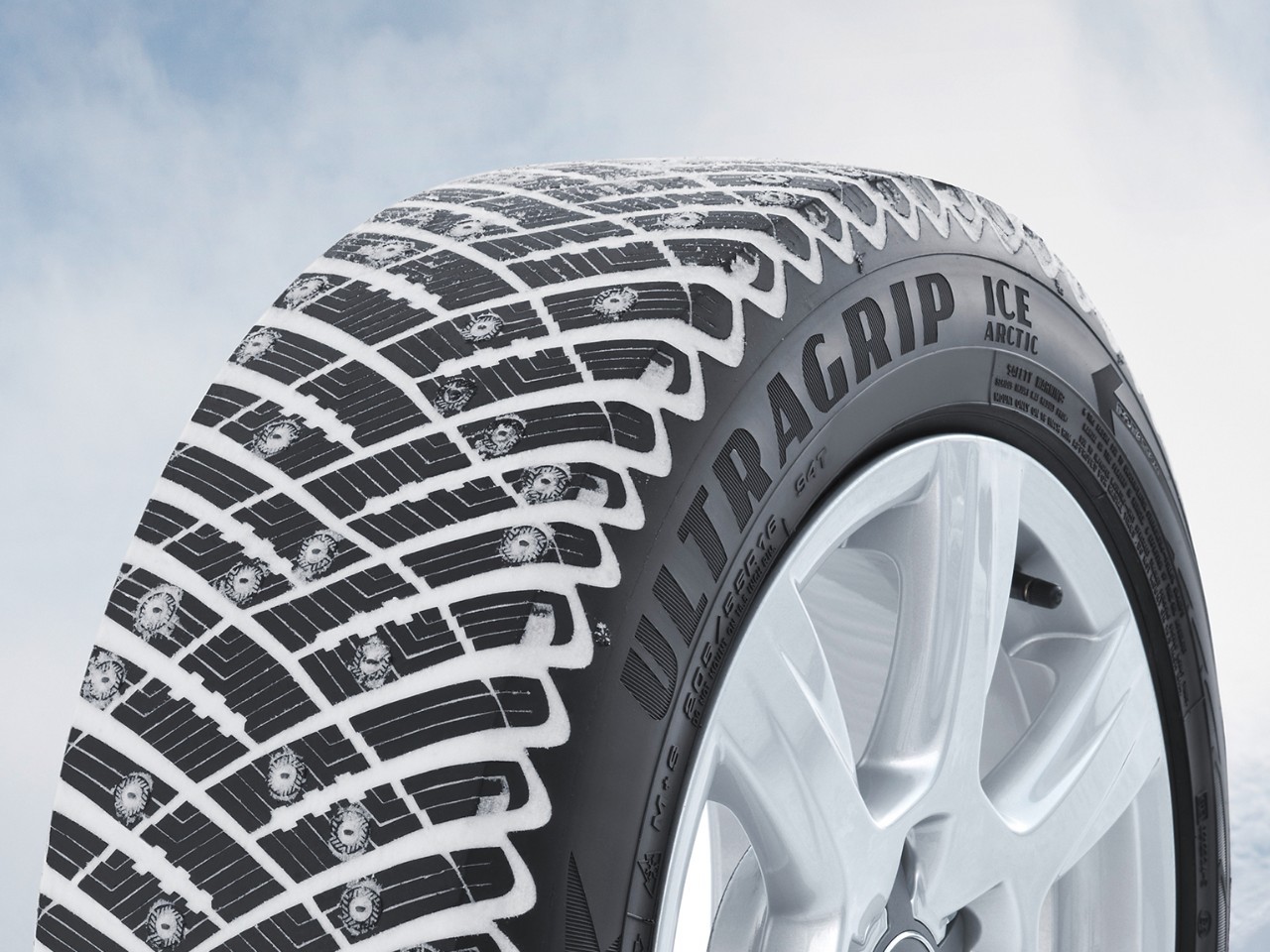
Are winter tires mandatory?
Every driver needs to adjust his driving style to the current weather conditions. This is essential in the winter. Therefore, it is crucial to select tires correctly. Before traveling in the autumn-winter season, check the list of countries where winter tires are mandatory for every driver.
Why is it appropriate to replace tires before the autumn-winter season?
Winter tires are made of a slightly different compound, which has better grip on the road at low temperatures. This type of tire has deep grooves and ribs on the tread, which contribute to safer driving in the snow. Experts recommend replacing tires with winter tires when temperatures drop below 7 degrees C.
Winter tires have a special rubber compound with additives that improve flexibility at the lowest temperatures. One of them is silica. Winter tires must have the three peaks and snowflake designation – this means that the tires meet the requirements of EU Regulation 661/2009 concerning type-approval requirements for the general safety of motor vehicles. The M+S designation is not a symbol for winter models, but only an indication that the tires can handle snow and mud. Such a designation also appears on tires that are sold for the American market. Be aware of the lower speed ratings that appear on winter tires. The result is from the soft rubber compound, which quickly heats up to high temperatures, and as we know, the higher the speed of the car, the faster the tread gets warmer, the All Cars Site Blog expert explains.
Where are winter tires mandatory?
Preparing a car for the autumn-winter season is common in European countries, and it is here that there are the most regulations for changing tires to winter tires. In some countries around the world, such as Mexico and Tunisia, there is no need to do so due to the high average temperature throughout the year and the lack of snow or frost. Interestingly, Japanese tire brands are well-known around the world, but in the country itself, there is no requirement to put on winter tires.
List of European countries where driving on winter tires is mandatory on the dates indicated:
Austria: from November 1 to April 15.
Bulgaria: from November 15 to March 1.
Slovenia: from November 15 to March 15.
Lithuania: from November 1 to April 1.
Latvia: from December 1 to March 1.
Estonia: from December 1 to March 1.
Sweden: from December 1 to March 31.
Finland: from December 1 to February 28.
Belarus: from December 1 to March 1.
Russia: from December 1 to February 28.
Serbia: from November 1 to April 1.
Bosnia and Herzegovina: from November 15 to April 15.
Turkey: from December 1 to April 1 (only in 54 selected provinces).
Where are winter tires mandatory, depending on weather conditions?
In Norway, winter tires on passenger cars are not mandatory on specific dates. Instead, the driver is obliged to adapt the car to the current weather conditions. Wheel traction is therefore required, so you can have, for example, summer tires along with chains. This applies from November 1 until the first Monday after Easter. The situation is different in the counties of Troms, Finnmark and Nordland, where winter runs from October 15 to May 1.
In the Czech Republic, the obligation to change tires depends on the timing. From November 1 to March 31, it is mandatory to drive on winter tires if there are difficult road conditions, such as a layer of snow, ice or rime on the road. In Germany, there are no specific dates, but summer tires during winter weather conditions may by fined by police. In Luxembourg, on the other hand, driving on winter tires is mandatory when there is frost, snow, ice, or glaze.
Obligation of winter tires by region
In Spain, France and Italy, the obligation to drive with winter tires is regulated by signs on the road. So be sure to check the recommendations against your specific region. For example, in Italy’s Aosta Valley, you must drive with winter tires from October 15 to April 15.
In North America, it is not necessary to change tires, but there are areas where it is mandatory. Weather conditions change with the location of the country, so, for example, on the highway in Vancouver, it’s a good idea to make sure you have the right tires. Moving north, you may encounter special checkpoints where police can check whether the obligation to drive on winter tires has been met.



